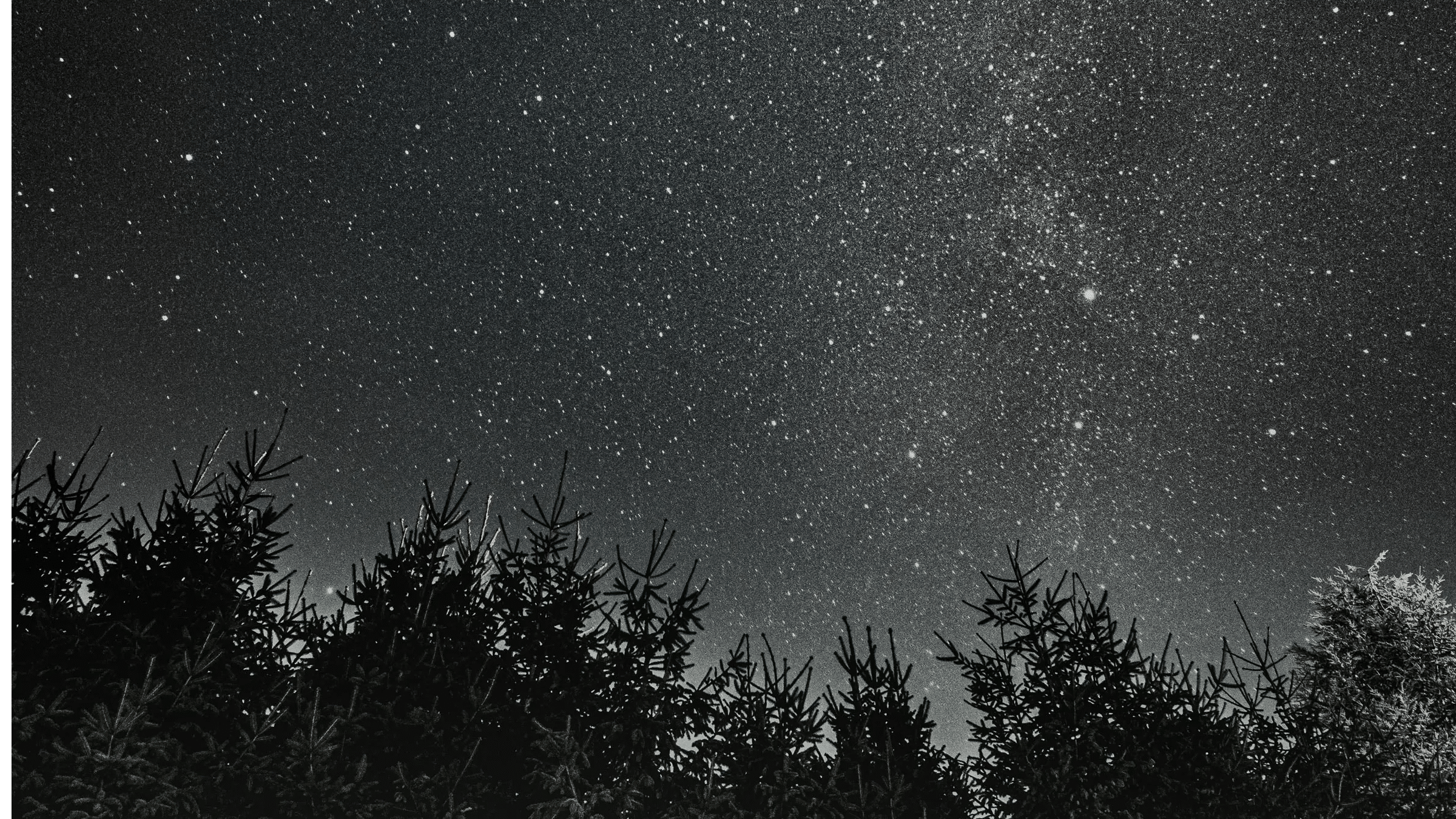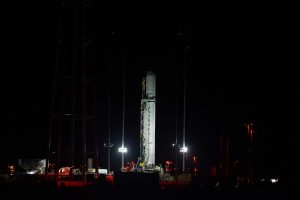“The night is dark and full of terrors,” George RR Martin in his book ‘A Storm of Swords’ once said, however, that’s not how the nights of 2021 are going to be like. They will be ‘full of raining stars to larger than life moons’. From eclipses to meteor showers, 2021 is going to be full of chances for those who love to watch and capture celestial events.
While some of the events mentioned in the calendar can be seen with the naked eye, some would require a good pair of binocular and if you have a telescope then, it’s a ‘plus 1’.
Here is the list of all the astronomical events, which will take place in 2021, curated from the US Naval Observatory, The Old Farmer’s Almanac., and the American Meteor Society that will help you plan your next photography expedition or a romantic date with your partner.
Quadrantids Meteor Shower (January 2-3): An above-average meteor shower, with up to 40 meteors per hour at its peak, it will radiate from the constellation Boötes. The shower runs annually from January 1-5, but this year it will be at its peak on the night of January 2 till the early morning hours of January 3.
Lyrids Meteor Shower (April 22-23): An average shower, usually producing about 20 meteors per hour at its peak, it will radiate from the constellation Lyra. The shower runs annually from April 16-25, but this year it will be at its peak on the night of the April 22 until the early morning hours of January 23.
Full Moon, Supermoon (April 27): The full moon will occur at 03:33 UTC. The early Native American tribes called this supermoon as the Pink Moon because it marked the appearance of the moss pink, or wild ground phlox, which is one of the first spring flowers. It will be first of three supermoons for 2021.
Eta Aquarids Meteor Shower (May 6-7): An above-average shower, capable of producing up to 60 meteors per hour at its peak, it will radiate from the constellation Aquarius. The shower runs annually from April 19 to May 28 but this year it will be at its peak on the night of May 6 and the morning of May 7.
Full Moon, Supermoon (May 26): The second supermoon of the year 2021, will occur at 11:14 UTC. The early Native American tribes use to call this moon as the Flower Moon because this was the time of year when spring flowers appeared in abundance.
Total Lunar Eclipse (May 26): A total lunar eclipse occurs when the Moon passes completely through the Earth’s dark shadow or umbra. In 2021, the total lunar eclipse will be visible throughout the Pacific Ocean and parts of eastern Asia, Japan, Australia, and western North America.
Annular Solar Eclipse (June 10): The phenomenon in which the Moon covers the Sun’s centre, leaving the Sun’s edges visible to form a ‘ring of fire’, is known annular solar eclipse. During the annular eclipse, the corona of the Sun is not visible. In 2021, the annular solar eclipse will be visible in western Greenland, Canada, extreme eastern Russia, and the Arctic Ocean. A partial eclipse will be visible in most of Russia, Europe, and the north-eastern US.
June Solstice (June 21): The June solstice will occur at 03:21 UTC. This day marks the first day of summer (summer solstice) in the Northern Hemisphere and the first day of winter (winter solstice) in the Southern Hemisphere.
Full Moon, Supermoon (June 24): This will be the third and the last supermoon of 2021. It will occur at 18:40 UTC. The early Native American tribes called this moon as the Strawberry Moon because it signalled the time of year to gather ripening fruit.
Delta Aquariids Meteor Shower (July 28-29): An average shower that can produce up to 20 meteors per hour at its peak, it will radiate from the constellation Aquarius. In 2021, the meteor shower will be at its peak on the night of July 28 until the morning of July 29.
Perseids Meteor Shower (August 12-13): One of the best meteor showers to observe in 2021, producing up to 60 meteors per hour at its peak. It will radiate from the constellation Perseus. The shower runs annually from July 17 to August 24, but its peak will be on the night of August 12 until the morning hours of August 13.
Full Moon, Blue Moon (August 22): The Blue Moon will occur at 12:02 UTC. Since this is the third of four full moons in this season, it is known as a blue moon. This rare astronomical event only happens once every few years, giving rise to the term, “once in a blue moon”.
Orionids Meteor Shower (October 21-22): An average shower producing up to 20 meteors per hour at its peak, it will radiate from the constellation Orion. The shower runs annually from October 2 to November 7, but the 2021’s peak will be on the night of October 21 until the morning hours of October 22.
Leonids Meteor Shower (November 17-18): An average shower, producing up to 15 meteors per hour at its peak, it will radiate from the constellation Leo. Leonids is unique in a way that it has a cyclonic peak about every 33 years where one can see hundreds of meteors per hour. That last of these showers occurred in 2001. The shower runs annually from November 6-30. In 2021, it will be at its peak on the night of November 17 until the morning of November 18.
Partial Lunar Eclipse (November 19): During this type of eclipse a part of the Moon darkens as it moves through the Earth’s shadow. The eclipse will be visible throughout most of eastern Russia, North America, Japan, Mexico, Central America, parts of western South America and the Pacific Ocean.
Total Solar Eclipse (December 4): Total eclipse’s visibility will be limited to Antarctica and the southern Atlantic Ocean. A partial eclipse will be visible throughout much of South Africa.
Geminids Meteor Shower ((December 13-14): The king of the meteor showers, it is considered by many to be the best shower in the heavens, producing up to 120 multi-coloured meteors per hour at its peak. It will radiate from the constellation Gemini. The shower runs annually from December 7-17. In 2021, but Geminids will be at its peak on the night of the 13 until the morning of the 14.
December Solstice (December 21): The winter solstice will occur at 15:50 UTC. This day marks the first day of summer (summer solstice) in the Northern Hemisphere and the first day of winter (winter solstice) in the Southern Hemisphere.
The list is long and so are the chances when astrophotographers or admirers of the celestial event, will get a chance, to witness the majestical occurrences in the sky.
If you have any event, which can go in the list do tell in the comments below.







